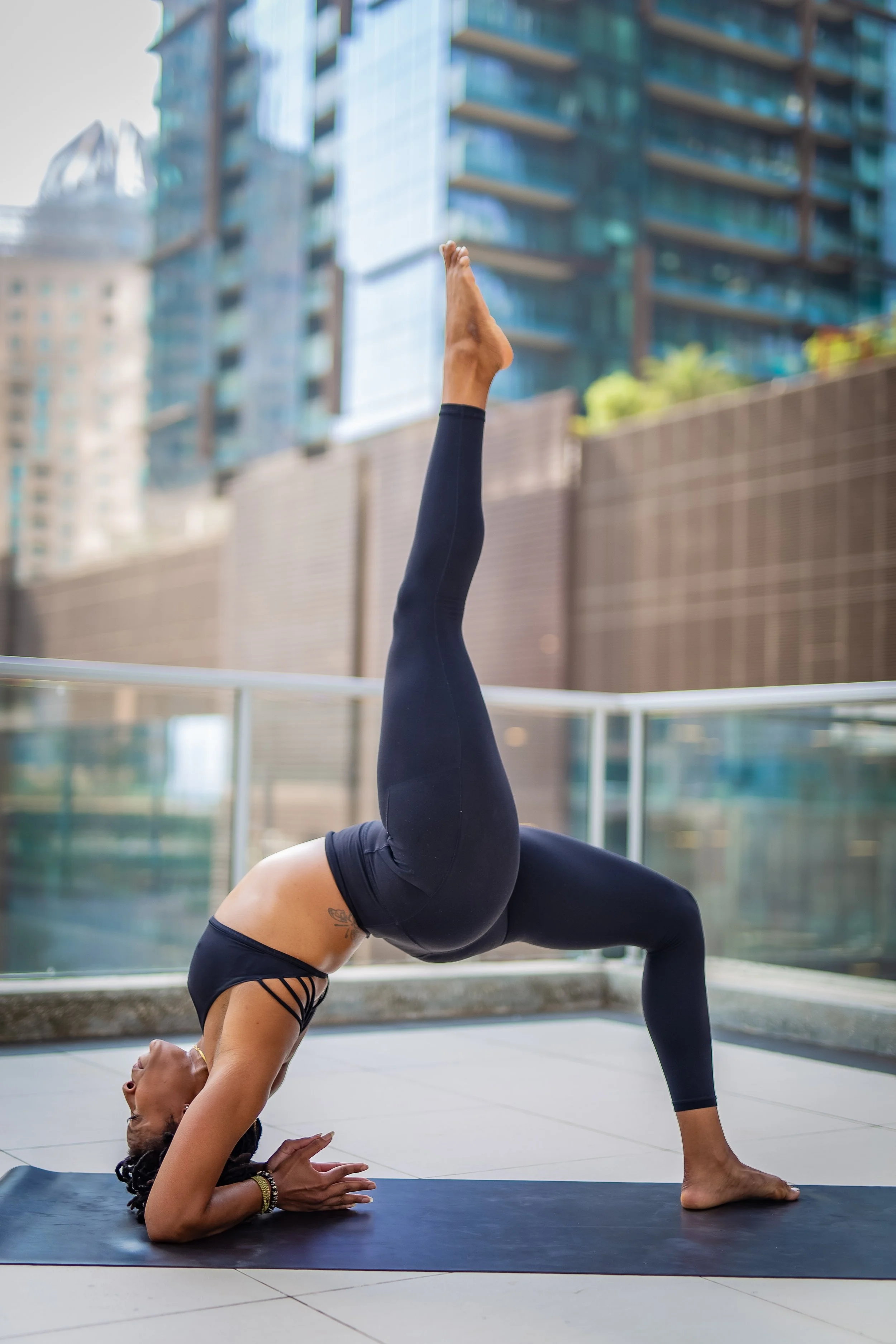The Role of Fabrics in Sports Fashion: What to Wear for Optimal Performance
In the world of sports, where every millisecond and every ounce counts, the fabric that hugs an athlete's body can either impede or boost their performance. Imagine running a marathon wearing denim pants. Even if it’s stretchable denim, your skin will eventually chafe, and the restrictive nature of the fabric won’t allow full movement of the legs when you run at full speed.
The impact of sportswear fabrics on athletes' comfort, flexibility, and overall performance is incredibly significant. Often called performance fabrics, these textiles are designed to facilitate smooth movements and provide other significant benefits for the wearer. For these reasons, they are often the fabrics of choice when it comes to sportswear for athletes as well as activewear for fitness enthusiasts.
How profound of a role does fabric play in athletic performance? What are these specific fabrics often used for sportswear?
Impacts of Fabrics on Sportswear
Let’s find out the benefits of using specific fabrics for sportswear.
Moisture Management. Moisture-wicking fabrics have revolutionized the sporting landscape by efficiently pulling sweat away from the body. Polyester, a stalwart in sportswear, excels in moisture management. It ensures athletes stay dry and comfortable even during intense workouts.
Temperature Regulation. Maintaining the ideal body temperature is crucial for peak athletic performance. Fabrics play a major role in this aspect. Merino wool, for instance, is a versatile choice that provides insulation in colder conditions and regulates temperature during warmer seasons.
Breathability. Breathable fabrics prevent overheating by allowing air to circulate. Mesh fabrics, strategically incorporated into sportswear, offer targeted ventilation. Aside from tops and bottoms, breathable fabric is also used in accessories like socks for women and baseball caps. They ensure athletes stay cool and focused during the most challenging moments.
Flexibility and Stretch. The ability to move freely is paramount in sports. Fabrics enriched with spandex or elastane deliver the flexibility and stretch necessary for a full range of motion. Furthermore, they enhance agility and overall athletic performance.
Durability. Sports involve rigorous movements, which makes durability a non-negotiable quality in sportswear. Nylon, with its strength and abrasion resistance, stands out as a reliable choice. It ensures that athletic garments withstand the demands of intense physical activities.
Comfort. For incredibly resilient and strong athletes, comfort may not be their priority but it’s still a contributing factor to their overall performance. Bamboo fabric, recognized for its softness and breathability, takes center stage in providing unparalleled comfort during prolonged wear. Consequently, this natural fabric contributes to an athlete’s enhanced focus and performance.
Odor Control. Everyone who has ever been to a gym knows the smell of a gym locker room. With fabrics treated with antimicrobial properties, post-workout odors can be managed and minimized. Athletes and gym goers wearing these sportswear materials will have that extra boost of confidence during training, workouts, and performances.
Lightweight. The weight of sportswear can significantly impact performance. Most performance fabrics are designed to be lightweight in nature since it allows for ease of movement and flexibility for those wearing them. Lightweight fabrics strike a balance between durability and agility, as it prevents athletes from being bogged down with the clothing’s weight.
Compression. Compression wear has gained popularity for its benefits in muscle support and recovery. Aside from muscle support, the material improves blood circulation and reduces muscle vibrations. Spandex, in particular, plays a crucial role in the creation of compression fabrics. It provides the necessary elasticity for these performance-enhancing garments.
Sportswear Fabrics Used for Optimal Performance
Performance fabrics are often used strategically to enhance athletic performance. Here are some examples of these hard-working materials:
Bamboo. Bamboo fabric, with its eco-friendly and comfortable properties, is making waves in the athletic apparel industry. It provides a breathable and soft alternative for those seeking sustainable and performance-driven options.
Merino Wool. Merino wool's natural temperature-regulating properties make it a standout choice for sports in varying climates. Its ability to keep athletes warm in cold conditions and cool in warmer weather contributes to its growing popularity.
Polyester. Polyester remains a powerhouse in sportswear and activewear. It dominates the scene with its moisture-wicking capabilities and durability. Moreover, innovations in polyester blends continue to push the boundaries of performance and comfort.
Nylon. Nylon's strength and abrasion resistance make it a go-to material for creating resilient and long-lasting athletic garments. It withstands the rigors of intense physical activities, which ensures longevity in sportswear.
Mesh. Strategic use of mesh in sportswear design provides targeted ventilation. It addresses the need for breathability in specific areas. Mesh panels contribute to enhanced comfort during high-intensity workouts.
Spandex. Spandex, or elastane, is the unsung hero in sportswear. It provides the stretch and flexibility necessary for unrestricted movement. It is a key component in compression wear, offering muscle support and improved performance.
The impact of fabrics on sports performance is profound and varied. The choices athletes and fitness enthusiasts make regarding their sportswear fabrics can determine not only their comfort level but also their ability to push boundaries and achieve peak performance.
As innovation continues to drive the athletic apparel industry, the dynamic interplay between functionality, comfort, and style promises an exciting future for athletes and fitness enthusiasts alike. Make informed fabric choices, and let your sportswear become an ally in your journey to unleash your full athletic potential.





